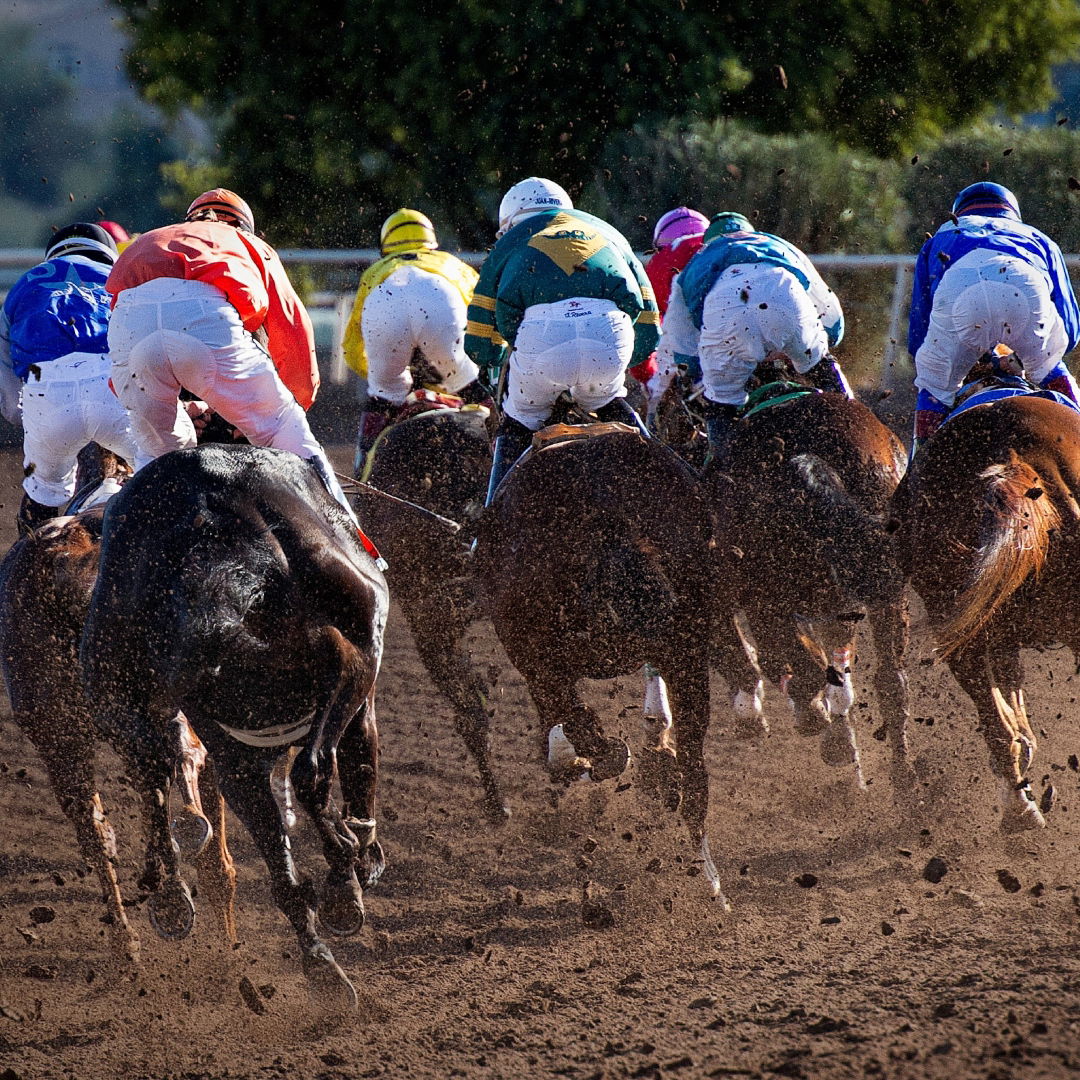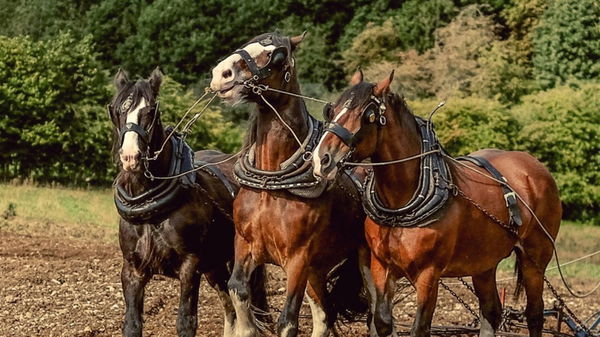

Horse Racing through years and centuries has evolved into an economy-engaging sport. The Derby or the Flat, a turf or a dirt track, the equestrian community gathers along to cheer and partake all year long. However, while the well-known tracks host some of the most exciting events, they also witness unfortunate incidents involving the equines.
Watch What’s Trending Now!
According to the Jockey Club, from 2009 to 2021, more than 7200 horses have either died or euthanized in racing-related accidents. To determine the causes of the accident, the Jockey Club conducted a study to understand the difference in the number of fatalities on dirt tracks as compared to the turf. Revealing its findings, the organization has recently released a report.
ADVERTISEMENT
Fast Track Vs Wet Fast Fatalities
The Jockey Club was founded over a century ago with the aim of improving Thoroughbred racing and breeding. The organization staying on its path of principles launched The Equine Injury Database back in 2008. The welfare association is working to identify the frequencies, types, and outcomes of racing injuries released in its 2021-2022 study on wet and dry track fatalities. The findings of the report suggest that there hasn’t been a significant difference between the dirt and turf tracks.

Imago
Imago
The report considered eight different track conditions aligning them with the number of starts, fatalities, and fatalities per 1000 starts. While frozen, heavy, and slow conditions support zero fatalities, topping the charts with minor margins were good, sloppy, and fast; sporting fatalities per 1000 starts at 1.72, 1.44, and 1.36 respectively. The other two conditions, muddy and wet fast, recorded numbers at 1.23 and 1.18.
ADVERTISEMENT
Explaining the report, Professor Tim Parkin said to Paulick Report, “Although on the face of it some of the calculated /1000 rates do look to be somewhat different, the key is that for many, in particular those with lower rates the number of fatalities (and starts) is comparatively small.” According to Professor Parkin, this means that the statistical analysis does not have sufficient power to be confident that there truly is a difference. He further added that “one more fatal injury could alter the risk of wet fast from 1.18 to 1.57”.
Top Stories
Tom Brady Makes Career Announcement for Vegas as Pete Carroll Addresses Losing Raiders Locker Room

Cam Newton Makes NFL Return Conditions Clear to 32 Teams as Panthers Legend Confirms Retirement Stance

J. J. McCarthy Awaits Punishment From Vikings After Rejecting Kevin O’Connell’s Instructions

$250M Michigan Donor Promises to Get Kenny Dillingham if Green Lit to Pursue ASU HC Himself

Dale Jr. Warns of Deeper Issues as Joe Gibbs Parts Ways With Decade-Long Executive

Ex-Georgia Gymnastics Star Opens Up On Facing Mistreatment Months After NCAA Program Switch

Also Read: Equestrian Initiative Illuminates Thriving Career Paths in the Horse Industry
ADVERTISEMENT
The important revelations arrive in a year that has seen many fatalities on the tracks. The notable tracks battling the hiccup of such accidents are constantly trying to implement measures to tackle the issue. And the study with its data might as well provide a newer direction to look at.
Equestrian Organizations Implement Measures
Earlier this year, the tracks of Churchill Downs witnessed a total of 12 fatalities; while the Kentucky Derby bears 7 alone. Prior to the mentioned counts, the Santa Anita recorded a notable high of 30 in 2019. With the noticeable remarks gaining attention, the tracks have risen to implement measures to ensure reduced accidents if not unavoidable.
ADVERTISEMENT
For starters, at everyday events, the horses are obliged to undergo multiple vet tests to ensure that the equines racing are fit to run. Trailing along, Churchill Downs introduced its initiative; stating that the Horseracing Integrity and Safety Authority (HISA) will collect blood and hair samples to see if there are any changes in RNA. The track will further limit the starts to 4 per horse. And will consider the ineligibility of horses finishing 12 lengths behind.
Taking it forward, the researchers at Kentucky University will work to extend help. The researchers aim to provide a tool that can help identify horses that are prone to injury. While the possibility of eradicating the issue completely remains in question, the tracks have steadily worked towards a reduction. And the steps heading in the right direction are a hope to the awaiting equestrian community.
Watch this story: Sprawling 51-Acre Equestrian Farm With Vineyard Listed for $3,900,000
ADVERTISEMENT
ADVERTISEMENT
ADVERTISEMENT
ADVERTISEMENT

